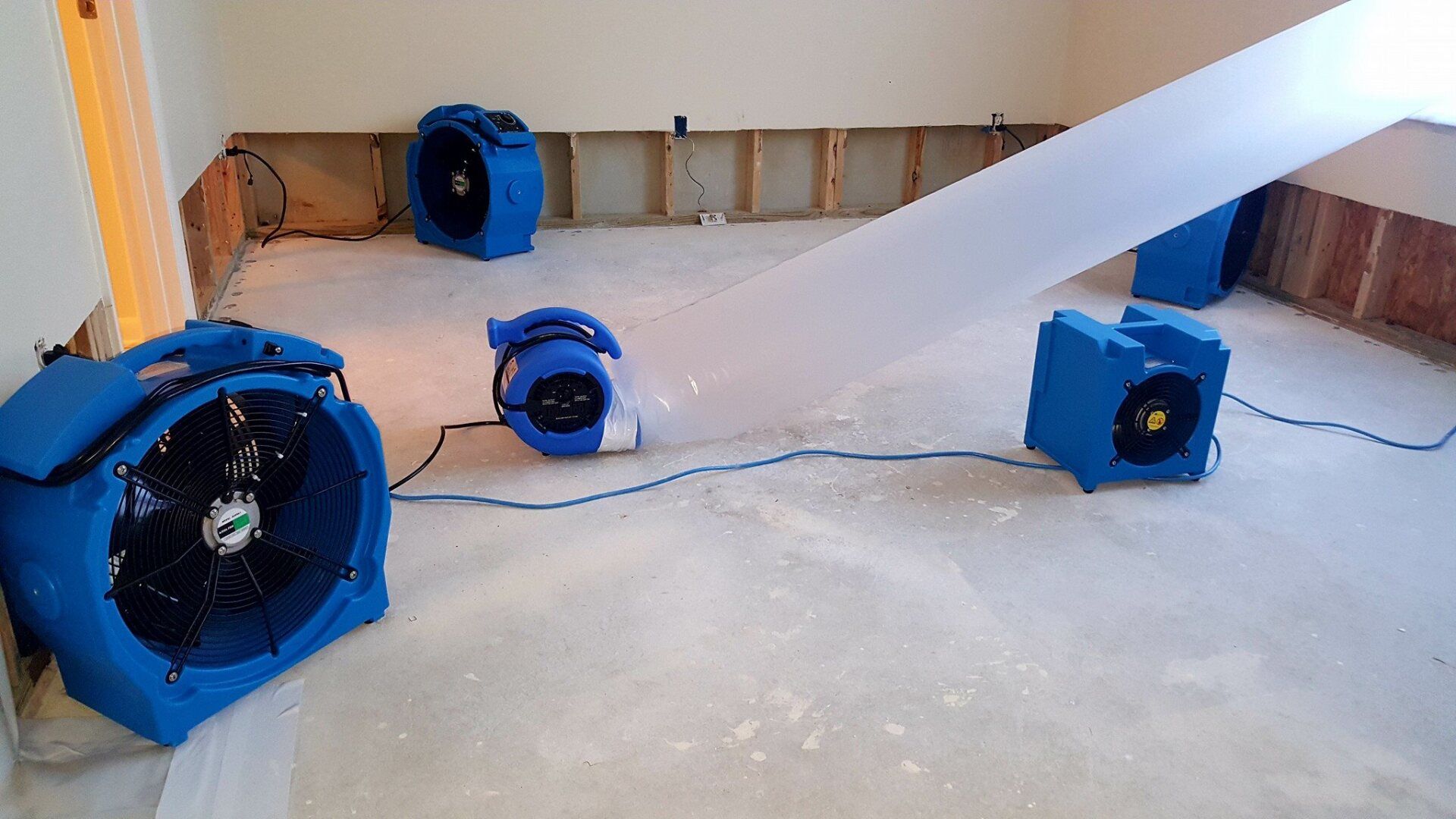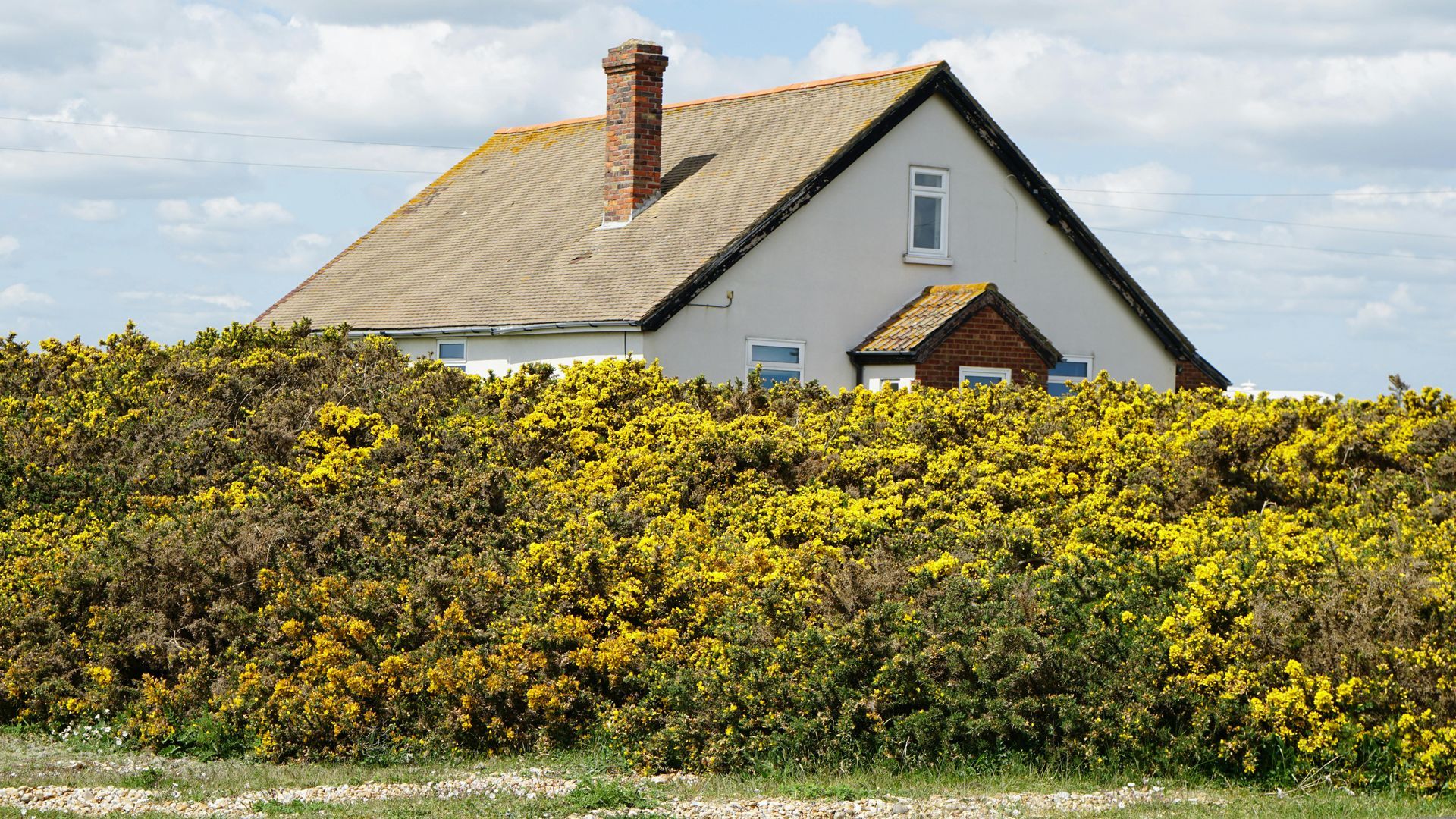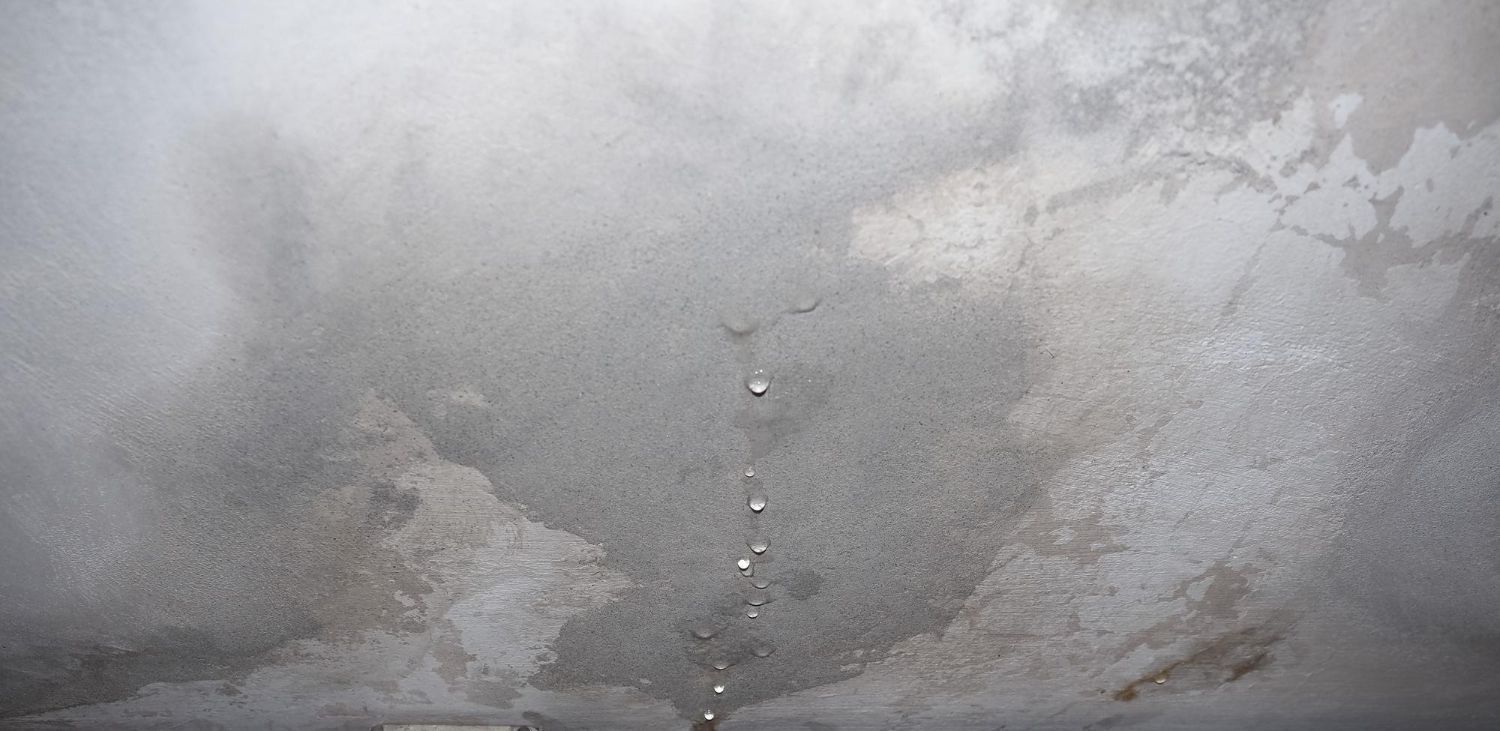Water damage can sneak up on homeowners and cause a lot of trouble if left unaddressed. Walls are particularly vulnerable because they can hide water damage that isn't immediately visible. Catching these issues early ensures your home remains structurally sound and prevents costly repairs. It's important to know what to look for so any hidden problems can be fixed before they get worse.
Subtle signs of water damage can be a bit tricky to catch, especially if you're not sure what constitutes a warning. Many times, the obvious signals aren't there, but the room just feels different. Learning to spot these subtle hints can be a game changer, keeping your home safe and dry. Let's explore some signs that could point to water hiding behind those walls and what you can do about it.
Discoloration and Stains
One of the first clues that water damage might be lurking in your walls can be stains or discoloration. Keep an eye out for spots that pop up without clear cause. These patches are often a yellow, brown, or even dark hue, suggesting moisture buildup. You might find them not just on open areas but also in spots that tend to go unnoticed, like behind the couch or near the windows where you rarely look.
These stains occur because water leaks can allow the water to seep into the drywall or plaster, leaving telltale marks. Walls near bathrooms, kitchens, or roofs are especially vulnerable since plumbing issues or roof leaks commonly affect them. The importance of regular checks can't be overstated. By recognizing these signs early, you can address the underlying problem before it worsens.
Peeling or Bubbling Paint and Wallpaper
Have you noticed paint starting to bubble or wallpaper beginning to peel away from the wall? These are definite red flags. When water gets trapped inside the wall, it creates pressure, causing paint to lift or wallpaper to wrinkle. If you're seeing this around your home, it may be time to investigate further.
Look in less obvious places as these issues often begin there. The edges of rooms, behind doors, or corners of walls might reveal signs that aren't obvious in easy-to-see spots. It's a good idea to run a gentle check with your hand across such areas to feel for bumpy textures under paint or wallpaper. Being mindful of these signs helps tackle water damage early on, sparing you from future headaches and preserving your home's elegance.
Unusual Odors
A musty or damp smell in your home can be another sign of hidden water damage. When moisture gets trapped in walls, it often leads to mold and mildew growth. These fungi produce odors that are unmistakable and often unpleasant. So, if you walk into a room and notice a strange smell, it could be a problem lurking within your walls.
It's crucial to address these odor issues promptly. Mold and mildew can spread quickly and cause further damage beyond just the smell. Not only can they harm your walls and furniture, but they might also adversely affect indoor air quality. Children or people with allergies or asthma may find exacerbated symptoms due to these hidden growths if not addressed promptly.
Changes in Wall Texture or Feel
Sometimes, the most telling signs of water damage aren't visual but tactile. If your walls feel soft, spongy, or uneven, there's likely water hiding inside. Touching the walls gently to check for texture changes is a proactive way to detect these problems. Warping or buckling can also occur, disrupting the smooth lines and surfaces in your home.
When detected early, these changes can be fixed without significant damage or cost. Delayed action, on the other hand, can result in more substantial repairs. Spotting these texture changes promptly can keep your living space in good shape and your pocketbook intact.
Higher Utility Bills
A spike in your water bill might catch you by surprise, but it's often a hidden indicator of a leak. Such leaks waste water and money, so keeping an eye on your monthly utility bill is a simple yet effective monitoring practice. Even a small, unseen leak can cause a noticeable change in water usage over time.
To ensure a steady check on potential leaks:
- Monitor your water bills monthly and compare them to the previous months.
- Examine visible pipes and connections for moisture or drips.
- Be mindful of unusual dampness around fixtures or on floors.
These habits help you identify issues early before they become costly problems needing extensive repairs.
Protecting Your Greenwood Home
Keeping your home in Greenwood safe from water damage requires vigilance and timely intervention. Recognizing the subtle signs of water issues can make a world of difference in maintaining the integrity of your living space. Early identification of problems prevents them from turning into serious structural damage.
By being aware of the potential indicators such as discoloration, wall texture changes, or even sudden spikes in water bills, homeowners can act swiftly. Addressing these signs not only saves money but also ensures that your home remains a healthy and comfortable place for your family. Regular inspections and professional help when needed will go a long way in giving you peace of mind about your home's condition.
For comprehensive peace of mind knowing your Greenwood home is protected, partnering with experienced professionals is the best choice. Trust Faulkner Restoration for your water damage restoration services. We'll help safeguard your home from hidden threats and keep your living space comfortable and secure.
Contact Faulkner Restoration Today!
Faulkner Restoration will do everything we can to ensure your experience with us is excellent.
Request A FREE Estimate
Request a Free Estimate Form
Checkout Recent Post





